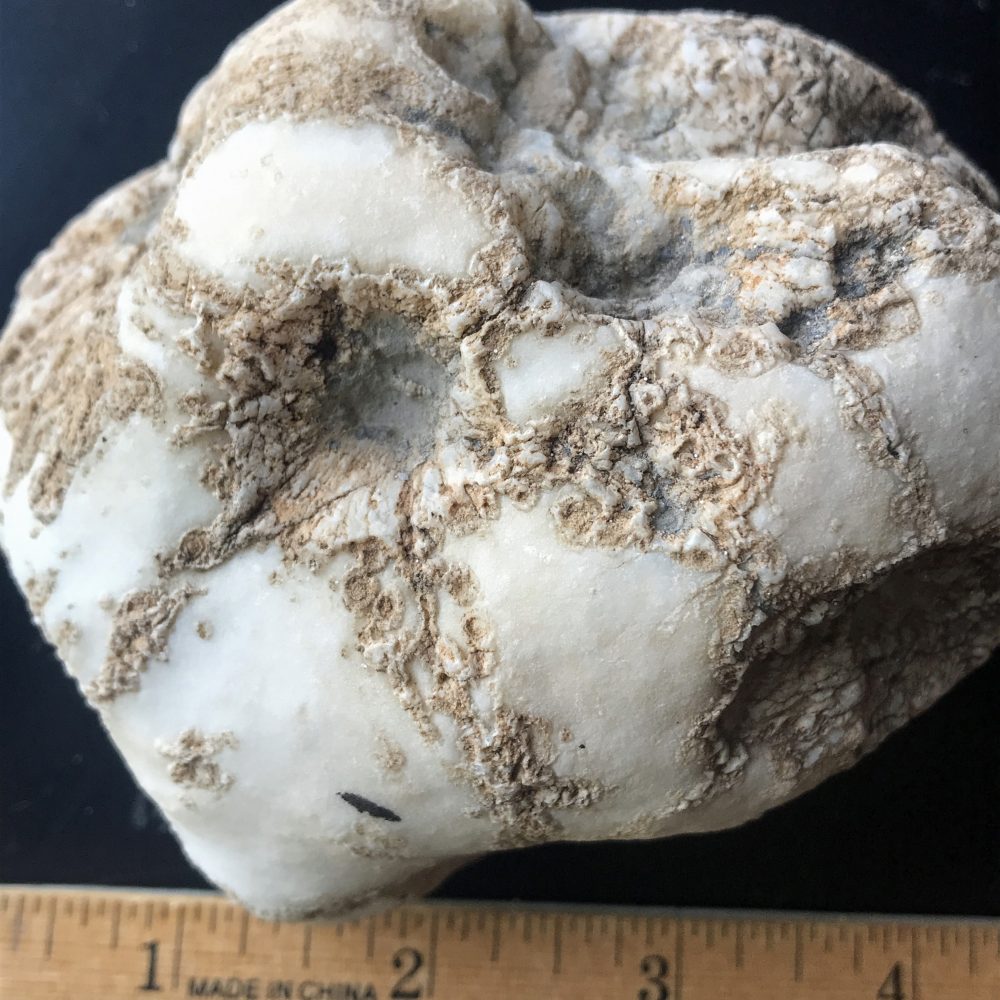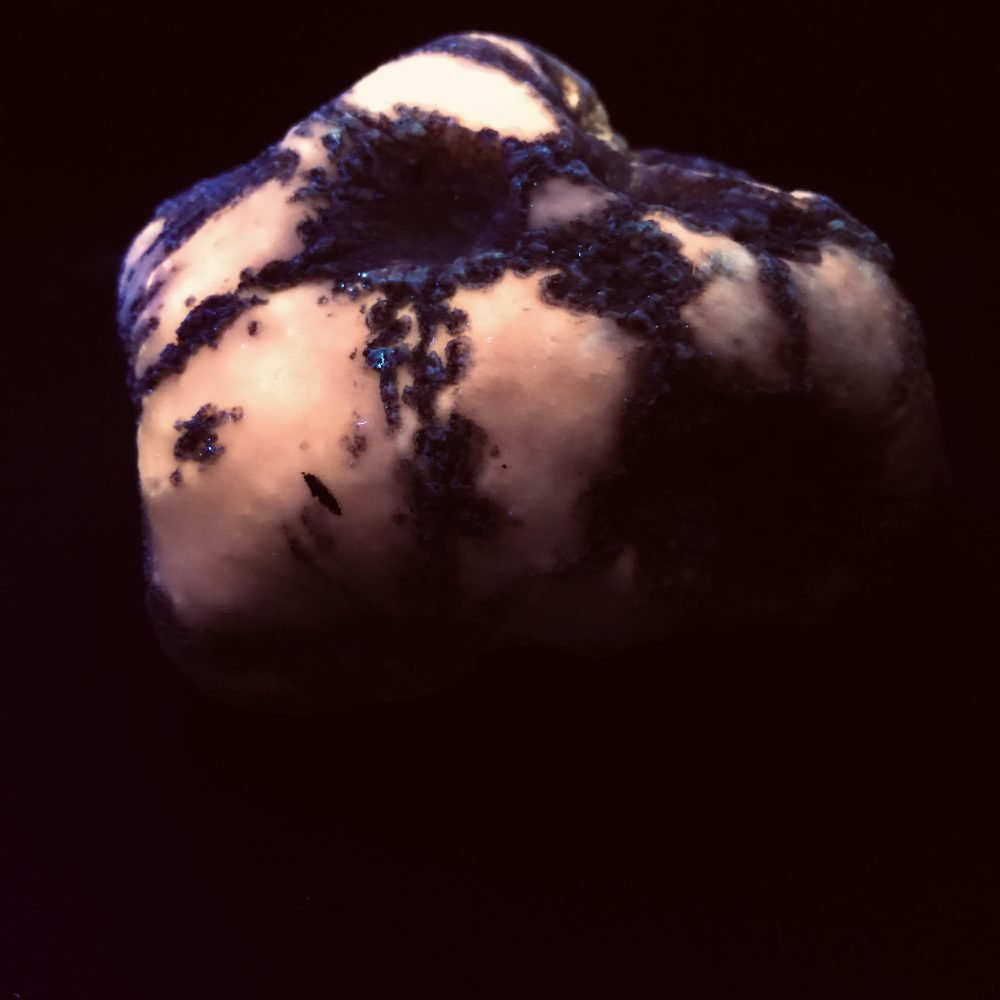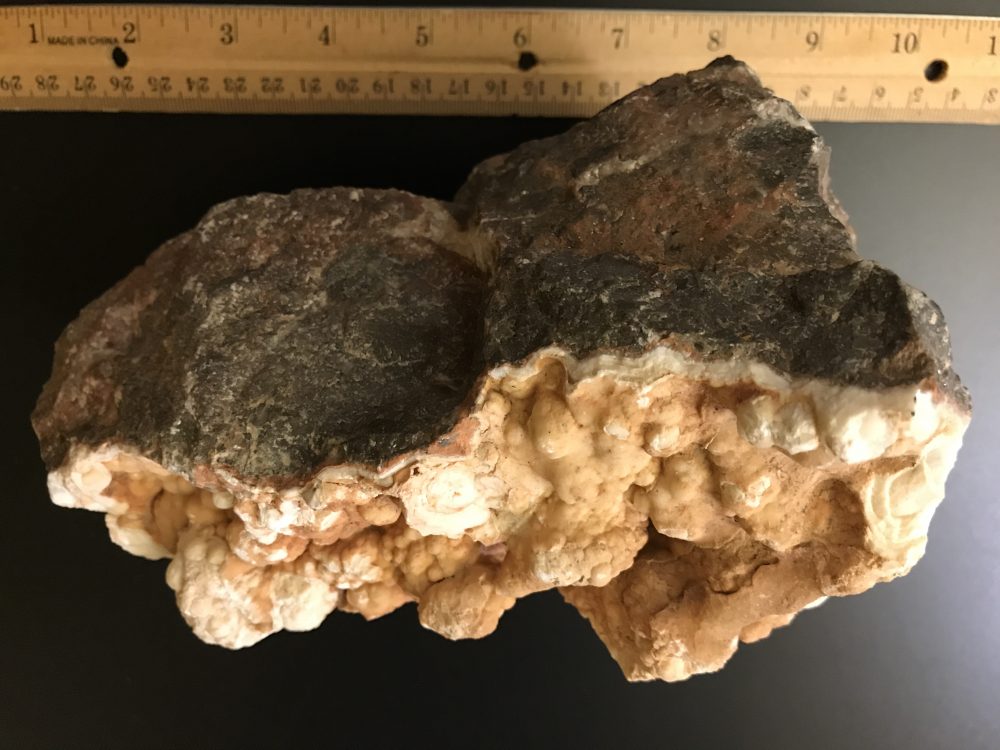August 27, 2023 - Pahrump to Barstow
Long day but I found a number of interesting places to explore or hound on my trip. Real work will begin when temperatures fall into the 90s or below. Today, at least on the stretch between Baker and Shoshone driving home, temps were 103 to 109 degrees Fahrenheit.
The next time I travel the desert I will take plastic tubs to fill with water for desperate wildlife. I stopped at one place along the road and a bedraggled bird appeared from nowhere. It went straight under my truck, I thought for shade, but it was clearly wanting water. I left some in a small reservoir I fashioned from a plastic bag.
I’ll take more water for other people, too, not just myself. I noticed a big rig idling at a turnout with its emergency triangles in place. A breakdown. The driver had the engine running and the air conditioning must have been going. I approached. The driver said she was fine but eagerly accepted the bottle of cold water I offered her. Even with air conditioning, it is very uncomfortable to be thirsty in the desert. Very. At another time, I was walking back to my vehicle after doing some photography. A California Highway Patrolman slowed down to ask if I was OK. I said I was fine, thanked him, and waved him on.
With these kind of temps, and rural driving in general, I like to wave at every vehicle. If you’re not the friendly type, get friendly for remote places. This will help you and others, we all need to watch out for each other.
317 total miles.
These are just some of the things I saw. The highlight of the trip was talking to Don DePue of Diamond Pacific Tool in Barstow. We met outside after I got the three gallons of rock saw oil I had ordered a few days before.
View this post on InstagramThe Twenty Mule Teams started here! #borax#deathvalley#tecopa#mules#mining#roadtrip#geology#inyocounty#history
—
View this post on InstagramSome still photos of the area of the Amargosa Borax Works’ site near Tecopa, CA. This is where the 20 Mule Teams loaded up for their one hundred mile trip to Dagget. As the sign says, there was another deposit of borate minerals in Death Valley itself. Look for the video I did of this place earlier in the day. #tecopa#shoshone#inyocountytourism #geology#mining#mojavedesert #mojave#mules
—
View this post on InstagramDumont Dunes OHV recreation area. Sand dunes. #desert#mojave#ohv#sandunes#desert#roadtrip#geology
—
View this post on InstagramBaker, CA. Highway town. One way to get to Death Valley. NOTE: Hotel may be out of business! deathvalley#bakercalifornia #roadtrip#freewayattractions #roadtrip
—
View this post on InstagramYour Ibex Pass footage for the day, complete with truck. You’re welcome. 2,072 feet. The Pass marks a border point between Inyo and San Bernardino County. Death Valley Park nearby. #inyocounty#roadtrip#mojavedesert #desert#shoshone#tecopa





